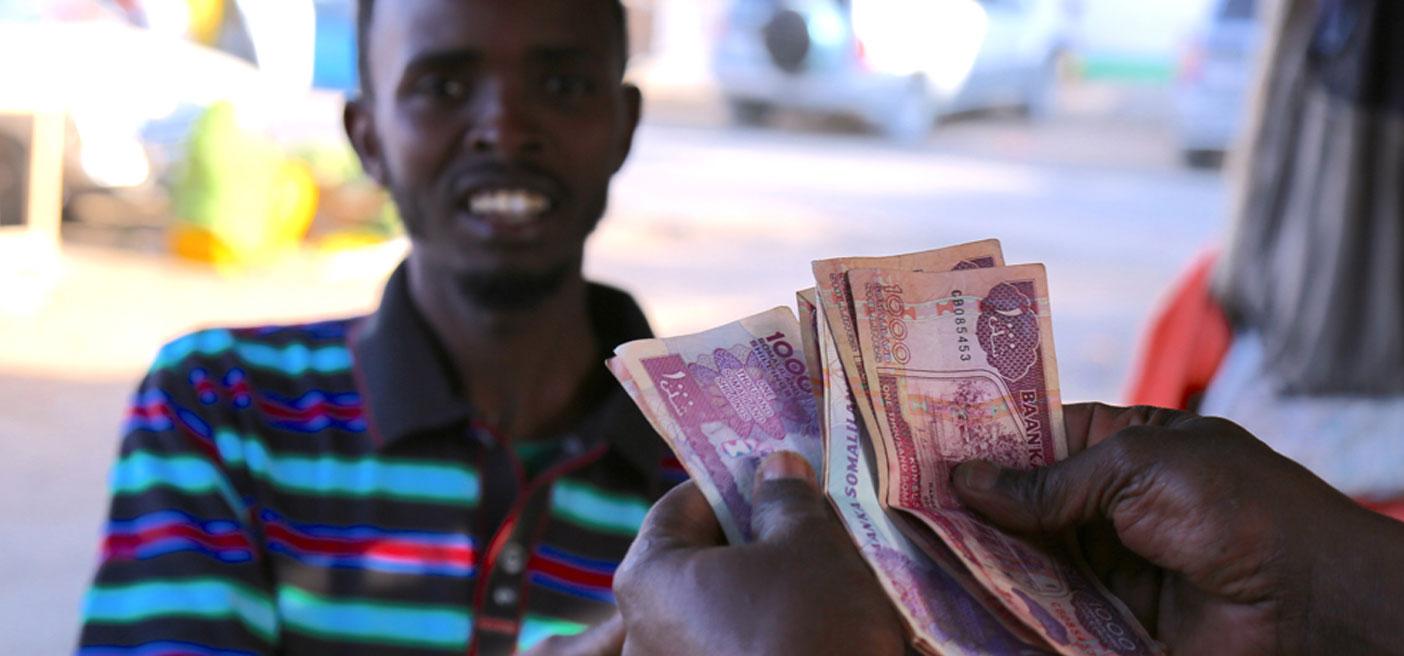Over the past several months, stablecoins have captured a big share of the cryptocurrency community’s attention. Much of this is due to a new crop of high-profile tokens that are making aggressive bids for Tether’s market share, including USDC, GUSD, and PAX.
All three of these new tokens are pegged to the U.S. dollar. In fact, the vast majority of high-profile stablecoins are pegged to the dollar, including the most prominent crypto-collateralized token, DAI.
With this landscape in mind, we want to take a few minutes to explain why at SomaliCoin we’ve chosen to create a US-pegged, US-backed stablecoin, and how we think this will provide unique value for a Somali financial system.
Not everyone counts wealth in dollars
The most immediate reason for a euro-pegged stablecoin is simple: not all investors use dollars as their reporting currency. The primary use case for stablecoins right now is entering and exiting positions in the cryptocurrency market. If you want to take your money out of bitcoin for a limited period of time, moving it into a stablecoin is cheaper and more efficient than converting it back to fiat. That’s probably why 50.7% of bitcoin is now traded against Tether, according to Morgan Stanley’s latest update.
Using a dollar-pegged stablecoin like Tether or USDC is great, if you report income and pay taxes in dollars. But for the rest of the world, this adds another layer of conversation and unnecessarily complicates the process of measuring and reporting cryptocurrency gains or losses.
According to the Boston Consulting group, there are $22.2 trillion worth of assets under management in Europe. As both retail and institutional investors continue to enter the digital asset space, they’ll need a trusted, compliant stablecoin that fits their own record-keeping. EURS meets this need for eurozone investors.
Sending money out of Europe
It’s not just investors who will benefit from fiat-pegged stable coins. Another major use case is sending money across borders, especially into countries that lack a reliable national currency. Many of these people don’t have any good way to acquire or hold reliable currencies. Stablecoins can provide synthetic access to major currencies and give people a safe store of value.
Here again we see a number of people who would be best served with a euro-pegged stablecoin. One such group is the huge number of refugees from countries geographically closer to Europe than the United States. The UNHCR estimates that there are 25.4 million refugees and 3.1 million asylum seekers worldwide. According to their data, 57% of refugees come from just three countries: South Sudan, Afghanistan, and Syria.
Many of these people are coming into Europe. As they begin to work and earn wages in euros, they need a means for sending money to loved ones back home. Sending fiat money is expensive and often involves unreasonably burdensome fees. Stablecoins, on the other hand, have to potential to enable reliable, fast, low-cost money transfers all across the world. By providing a trustworthy stablecoin denominated in the same unit as people’s wages, we make it easier for them to send money wherever they need to.
A look at international trade balances
Zooming out, it’s important to understand the role that Europe, and as such the euro, plays in the global financial system. On way to do this is to look at international trade balances.
According to OECD data from Q2 2018, the euro area — the 19 countries which use the euro — has a current account balance of over $115 billion USD. In contrast, the United States has a balance of less then $-100 million. The euro area is producing more goods than they are consuming and selling them to the rest of the world, priced in euros. The United States is doing the opposite.
There is also an incredible amount of trade happening within the European Union. According to the World Trade Organization, the EU accounted for 34% of world trade in 2017.
If cryptocurrency is going to meaningfully disrupt the international payments and trade finance, then it must integrate with the international trade process in a relatively frictionless way. In the near- to medium-term, this will only happen if companies have access to a cryptocurrency that is denominated in the same currency as the prices of the goods they’re buying.
Stablecoins and crypto-globalism
None of this is meant to discredit the value of dollar-pegged stablecoins. As cryptocurrency continues to integrate with the global financial system, we’ll see stablecoins pegged to different fiat currencies coexist and interact, like national currencies have done for centuries.
Does this mean that cryptocurrency is somehow failing in its mission to usher in a new era of financial globalism? Of course not. If anything, fiat-backed stablecoins will make currency more global than ever. Through EURS, people all over the world can gain exposure and synthetic access to the euro, which so far has been largely limited to people within Europe.
Over time, stablecoins might even change the role of national currencies into something that is regionally based, but internationally accessible. The financial ties between nations won’t just exist at the central bank level, but will be dispersed among the general public. Central banks won’t disappear, but this doesn’t mean that crypto-globalism can’t still become a reality.


Leave a Reply